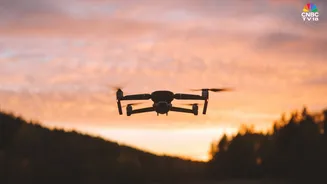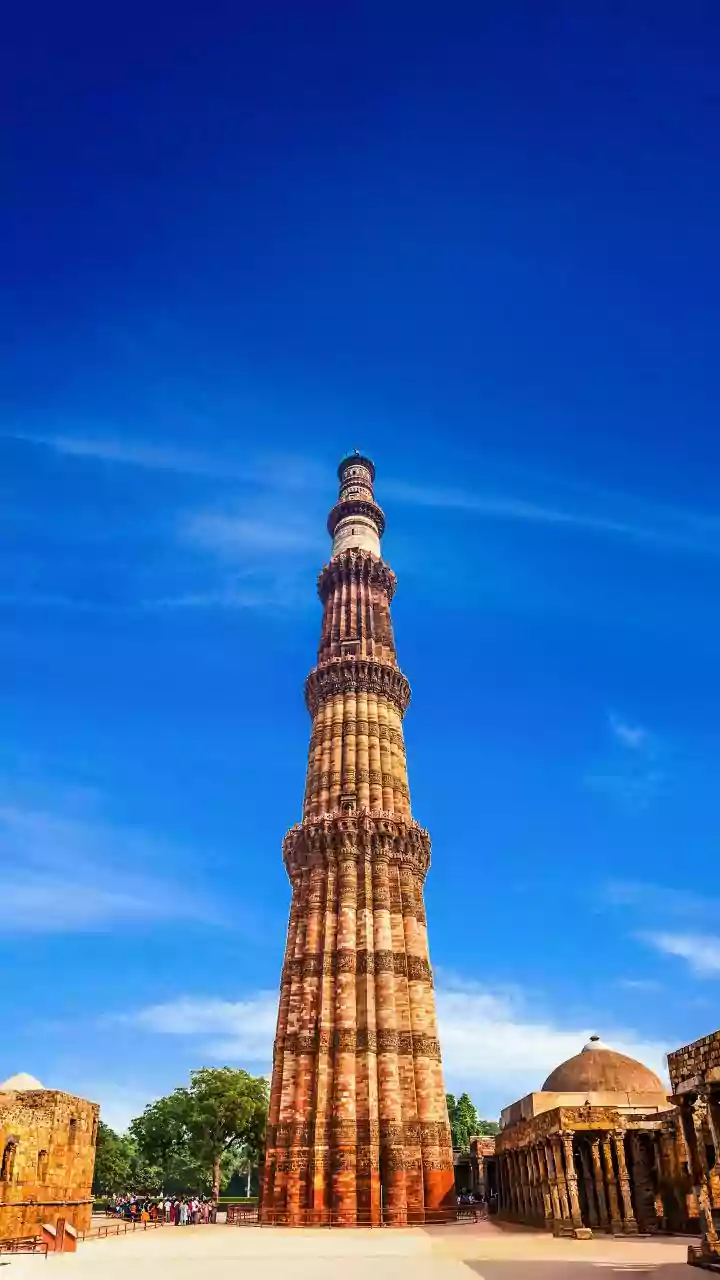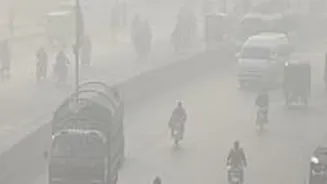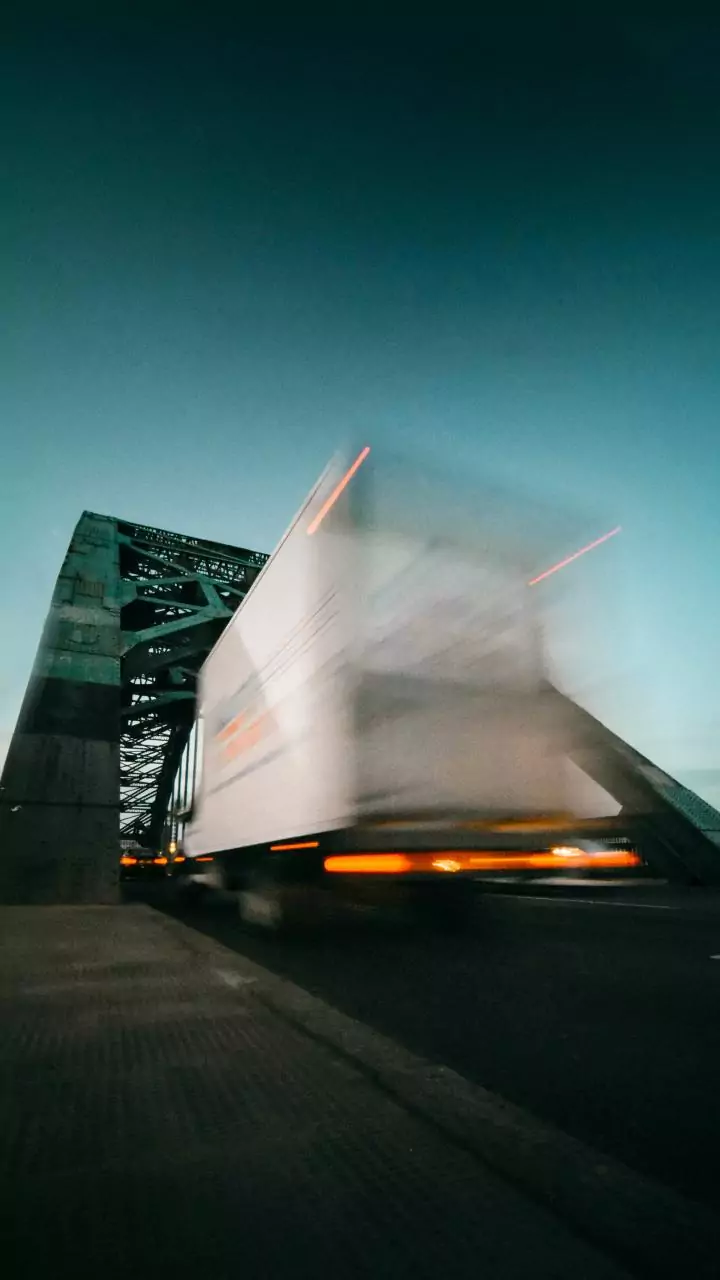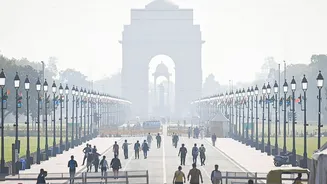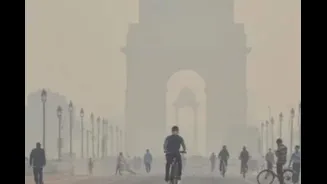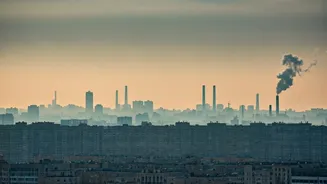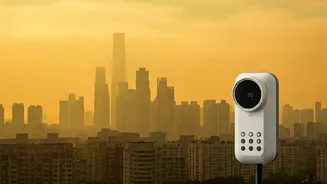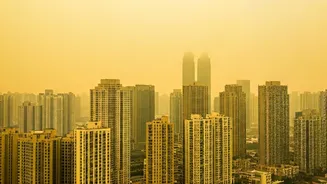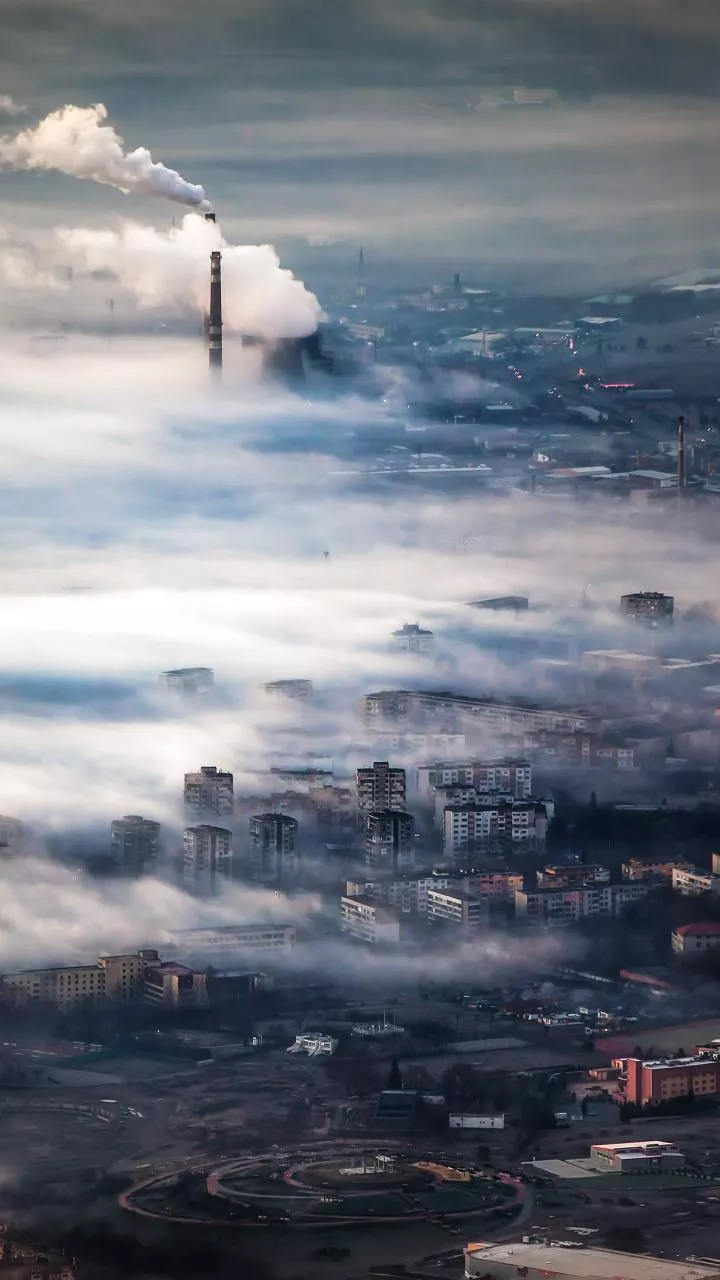What is the story about?
Delhi's air quality takes a severe hit every year around Diwali, with the city often turning into a ‘gas chamber’. Multiple factors contribute to the deteriorating air quality in the national capital and neighbouring cities during the winter season.
Farmers in Punjab and Haryana continue to set fire to leftover crop residue after harvest, releasing clouds of smoke that drift into Delhi and the National Capital Region (NCR), mixing with vehicle emissions, construction dust and garbage burning. Firecracker smoke during Diwali also worsens the air quality in the festive season during mid-October and early November, every year.
To tackle the rising air pollution in the city, the Delhi government unveiled a 25-point strategy, Air Pollution Mitigation Plan-2025, in June. The plan included the use of technology, innovative solutions in partnership with top institutions like IITs, the use of sprinklers and stricter control on vehicular emissions.
The government will also use AI, GPS tracking, cloud computing and automated alerts for residents, under the Air Pollution Mitigation Plan-2025.
Delhi Police and the South Delhi Municipal Corporation (SDMC) have deployed drones equipped with high-resolution cameras and air quality sensors.
The government decided to conduct drone monitoring of construction and garbage-burning hotspots tocontrol air pollution in 2024.
Drones to monitor construction sites and garbage burning
Delhi Police has introduced a high-tech system to monitor under-construction buildings to strengthen surveillance, detect irregularities and prevent accidents. Drones will be deployed to capture aerial footage of construction sites.
Last year, Delhi's environment department deployed drones at each of the 13 major hotspots to monitor pollution levels. This was aimed at gathering real-time data on pollution sources under the 2024 Winter Action Plan.
This year, the government’s Air Pollution Mitigation Plan-2025 incorporates waste management, enhancement of green spaces, assessment of environmental policy implementation, transport measures and industrial emission control, according to a Times of India report.
Construction companies are mandated to install rooftop sprinkler systems in all high-rise structures to tackle dust pollution.
The footage collected by drones will be fed into AI-based systems. Drones can visually spot sources of pollution, like illegal burning of garbage or stubble, smoke from factories and heavy traffic zones. With GPS tracking, authorities can pinpoint the exact location and take action immediately.
Certain areas, like narrow streets, industrial zones, or riverbanks, are hard to monitor manually. So, drones can easily access these places. This will help authorities analyse patterns, causes of pollution and plan control measures accordingly.
These systems will also create digital structural models of buildings under construction, detect construction beyond permissible limits and improper material handling.
All construction sites over 500 square metres will have to be registered on the portal, and each worker will receive training on anti-dust pollution measures.
The data will help authorities check whether construction sites are following rules, such as using water sprays to control dust or covering material heaps to prevent them.
Farmers in Punjab and Haryana continue to set fire to leftover crop residue after harvest, releasing clouds of smoke that drift into Delhi and the National Capital Region (NCR), mixing with vehicle emissions, construction dust and garbage burning. Firecracker smoke during Diwali also worsens the air quality in the festive season during mid-October and early November, every year.
To tackle the rising air pollution in the city, the Delhi government unveiled a 25-point strategy, Air Pollution Mitigation Plan-2025, in June. The plan included the use of technology, innovative solutions in partnership with top institutions like IITs, the use of sprinklers and stricter control on vehicular emissions.
The government will also use AI, GPS tracking, cloud computing and automated alerts for residents, under the Air Pollution Mitigation Plan-2025.
Delhi Police and the South Delhi Municipal Corporation (SDMC) have deployed drones equipped with high-resolution cameras and air quality sensors.
The government decided to conduct drone monitoring of construction and garbage-burning hotspots tocontrol air pollution in 2024.
Drones to monitor construction sites and garbage burning
Delhi Police has introduced a high-tech system to monitor under-construction buildings to strengthen surveillance, detect irregularities and prevent accidents. Drones will be deployed to capture aerial footage of construction sites.
Last year, Delhi's environment department deployed drones at each of the 13 major hotspots to monitor pollution levels. This was aimed at gathering real-time data on pollution sources under the 2024 Winter Action Plan.
This year, the government’s Air Pollution Mitigation Plan-2025 incorporates waste management, enhancement of green spaces, assessment of environmental policy implementation, transport measures and industrial emission control, according to a Times of India report.
Construction companies are mandated to install rooftop sprinkler systems in all high-rise structures to tackle dust pollution.
The footage collected by drones will be fed into AI-based systems. Drones can visually spot sources of pollution, like illegal burning of garbage or stubble, smoke from factories and heavy traffic zones. With GPS tracking, authorities can pinpoint the exact location and take action immediately.
Certain areas, like narrow streets, industrial zones, or riverbanks, are hard to monitor manually. So, drones can easily access these places. This will help authorities analyse patterns, causes of pollution and plan control measures accordingly.
These systems will also create digital structural models of buildings under construction, detect construction beyond permissible limits and improper material handling.
All construction sites over 500 square metres will have to be registered on the portal, and each worker will receive training on anti-dust pollution measures.
The data will help authorities check whether construction sites are following rules, such as using water sprays to control dust or covering material heaps to prevent them.
Do you find this article useful?
